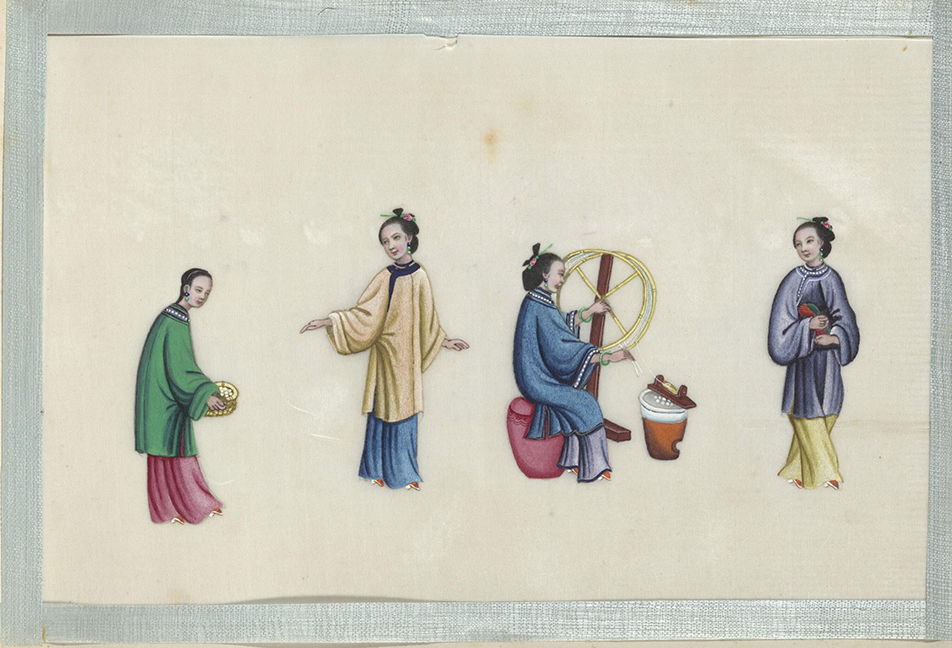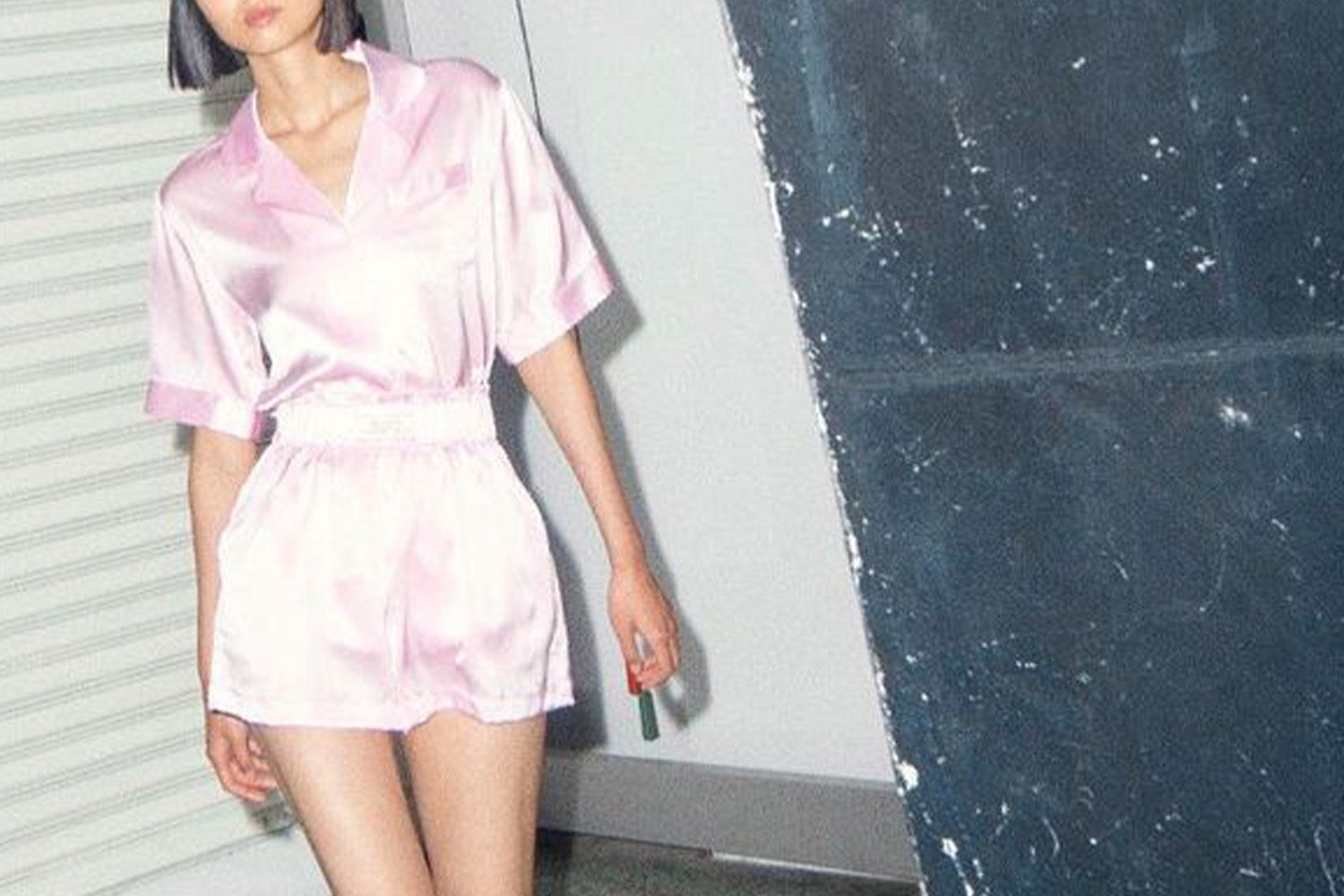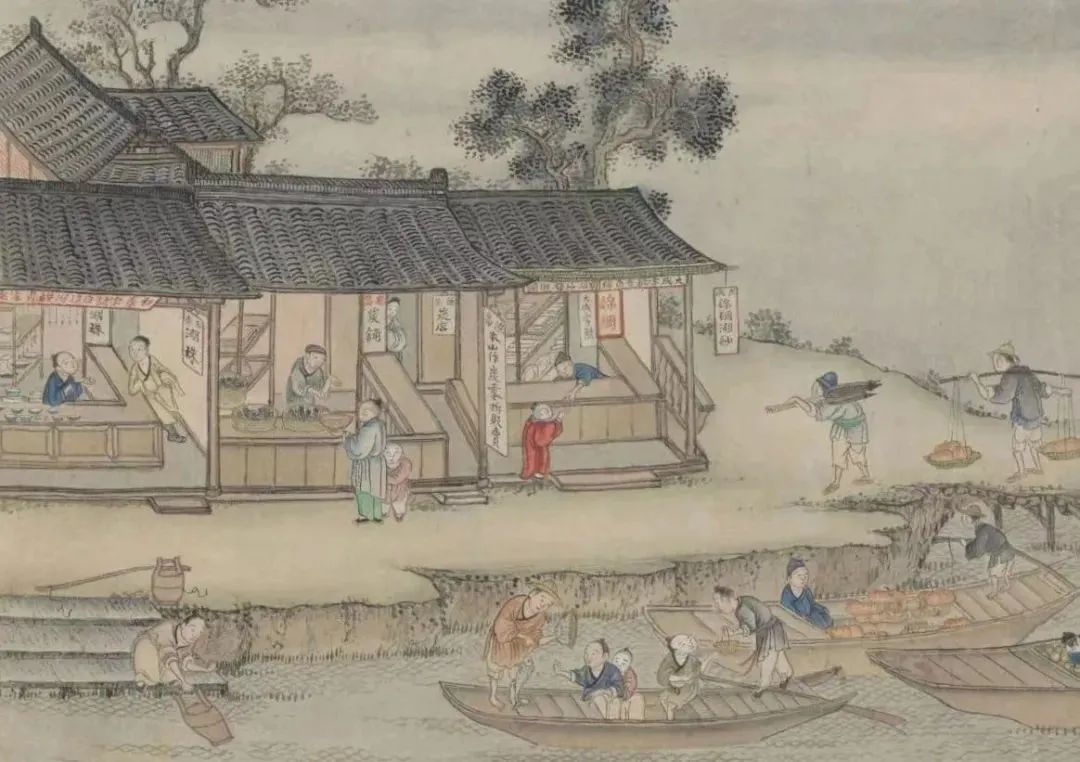Silk is a textile made from silk, the ancient name for silk.
Silk's famously lustrous appearance comes from the triangular fiber structure of silk, which allows the fabric to refract incoming light and scatter it at different angles.
In ancient times, silk is silk (mainly mulberry silk, but also includes a small amount of quassia silk and tapioca silk) woven textiles. Modern due to the expansion of textile raw materials, where the warp line used in man-made or natural filament fibers woven textiles, can be called silk in a broad sense. The pure mulberry silk woven silk, but also specifically called " Real Silk ".
Silk is a specialty of China, the ancient Chinese working people invented and mass production of silk products, but also opened up the world's history for the first time in the East and West of large-scale trade exchanges, known as the "Silk Road". Since the Western Han Dynasty, Chinese silk has been shipped abroad in large quantities, becoming a world-famous product. At that time, the big road from China to the West was called the Silk Road by the Europeans, and China was also called "Silk Country".
Silk Structure
Silkworms spit out two silk threads at the same time, but when solidified and shaped, they merge to form a single cocoon thread. The cocoon silk has a cross-section similar to a spectacle. Each cocoon silk contains two silk fibers that are bonded together by silk glue, called sericin, which is the glue-free silk fiber. It has a nearly triangular cross-section characteristic, but the shape and cross-sectional area size is not uniform.
Silk pigment, also known as sericin fiber, is the silk fiber that is ultimately used. Silk glue is encapsulated around the sericin fibers, and its presence can have a significant impact on the use of the fiber, its processing, and the style of the product.
The content of silk glue on each cocoon silk is not uniform, the beginning of the spatula silk, silk glue content is low, the end of the spatula silk, silk glue content is the highest. Silk fiber has a relatively perfect original fiber structure, can fully express the excellent quality of natural fiber.
Silk Weaving Process
Silk Reeling
The process of pulling silk out of cocoons is generally known as reeling.
The primitive method of reeling is to immerse the cocoons in hot pots of soup, draw the silk by hand, and reel on the silk basket, which becomes the raw material for weaving silk. Basin, basket is the original reeling apparatus. A cocoon can be drawn about 1000 meters long cocoon silk, a number of cocoon silk combined into raw silk.
Reeling is a major process of silk production. According to product specifications, a number of cooked cocoon cocoon silk dissociation, combined into raw silk or sericulture. Reeling method is many, according to reeling cocoons floating different, can be divided into floating reeling, half-sinking reeling, sinking reeling three kinds of cocoons floating and sinking cocoon mainly determined by the amount of water absorbed in the cocoon cavity after cooking cocoon. According to the different types of reeling machinery, can be divided into vertical reeling and automatic reeling two kinds. According to the automatic reeling machine perception of different types, can be divided into fixed grain perception of reeling and fixed fiber perception of reeling two kinds.
Weaving
Raw silk is processed into warp and weft threads, and according to certain organizational rules intertwined to form silk fabrics, is the weaving process.Various types of silk fabric production process is not the same, can be roughly divided into two categories of raw weaving and ripe weaving:
Raw weaving, that is, the warp and weft silk without refining and dyeing first made of fabrics, called blank silk, and then the blank silk refining and dyeing into finished products. This production method is low-cost, short process, is the main way of silk production. Cooked weaving, that is, the warp and weft silk in the weaving before dyeing, after weaving the blank silk does not need to be refined and dyed into a finished product. This way is mostly used in the production of high-level silk fabrics, such as brocade, taffeta and so on. Before weaving, but also need to do a good job of preparation, such as softening the silk glue impregnation, can improve the product performance and silk and flick silk, as well as warping, weft roll, and so on. At the same time, due to the strong hygroscopicity of silk, but also to do a good job of moisture.
Dyeing and Finishing
Dyeing and finishing refers to the process of chemical treatment of textile materials (fibers, yarns and fabrics), which is also commonly known as dyeing and printing in modern times. Dyeing and finishing, together with spinning, weaving or knitting production, form the whole process of textile production, and the quality of dyeing and finishing has an important impact on the use value of textiles. The process mainly includes refining, bleaching, dyeing, printing and finishing of raw silk and fabrics.Refining
Degumming is also called refining, and the raw silk after degumming is called cooked silk.Silk consists of two monofilaments, the main body of which is silk prion and the outer layer is wrapped with silk gum. Most of the pigments, oils, waxes and inorganic salts are present in the silk gum. These impurities have a great influence on the effect of printing and dyeing, so they must be removed before dyeing. People in the long-term practice, mastered by the role of chemical agents or enzymes easily dissolved in hot water properties, and the use of silk glue this weakness, the blank silk or raw silk into the soap (or synthetic detergents) and soda ash (sodium carbonate) containing a mixture of solution for heating, silk glue heated hydrolysis. After such refining, remove the silk glue and save the silk prion, and remove the pigment, fat, wax and other impurities, so as to obtain the color of white silk products.

Bleaching
After degumming, silk fibers should be bleached to remove natural pigments. Otherwise, when dyeing light colors, the presence of natural pigments will lead to changes in the color of the finished product. Silk can be bleached using the oxidizing or reducing action of various bleaching agents.
Dyeing
After refining the white colored blank silk, it enters the dyeing stage. Dyeing is to make dyes and silkworms, blank silk and other chemical reaction, so that the blank silk dyed with a variety of colors of the process. As silk is a protein fiber, not alkali, dyeing should be in the acidic or near-neutral dyeing solution. The main dyes used for silk fabrics are: acid dyes, reactive dyes, direct dyes and reducing dyes. The color dyed with acid dyes is more vivid, and the washing fastness of the product can be improved by treating it with cationic color-fixing agent after dyeing. Reactive dyes dyed on silk have good washing fastness. Fabric dyeing method varies with the variety of fabrics, such as crepe, yarn fabrics with rope dyeing or overflow jet dyeing, spinning, silk, satin fabrics with flat hanging dyeing or volume dyeing.

Printing
A color after all monotonous, in addition to dyeing, people also use printing technology to make silk become colorful. Printing refers to the dye according to the design of the color printed on the fabric of a process. Commonly used printing process has direct printing, pull printing, anti-dyeing. Direct printing refers to the color paste directly through the screen printing plate printed on silk fabrics, is one of the basic printing methods, can be printed with a variety of dyes. Dyeing printing, also known as engraved plate printing, is a kind of process of dyeing using engraved white agent. Anti-dyeing printing, that is, the silk fabrics according to the pattern printed on the "anti-white" paste or "color" paste, to be dry before dyeing.Finishing
After silk fabrics have been refined, dyed and printed, the fabrics are ready for the final finishing. Finishing process is mainly to solve the previous processes left damp, wrinkled, uneven width and other issues, highlighting the soft characteristics of the silk fabric itself and increase its functionality, the main use of mechanical finishing and chemical finishing two methods. 





